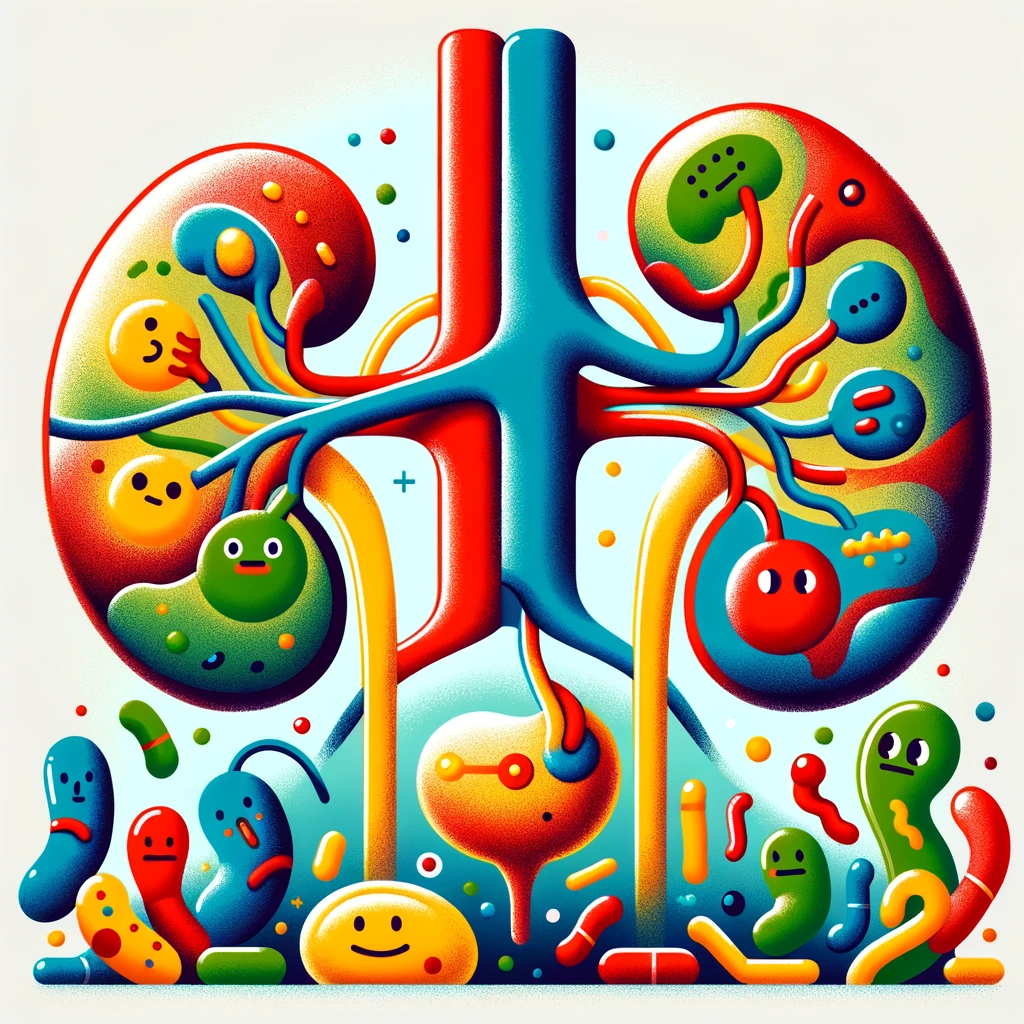Importance
Urinary tract infection (UTI) is the most common medical problem of the genitourinary system in children.
Goals of imaging children with UTI includes:
Immediate
- Diagnosis of predisposing underlying congenital anomalies
- Identifying vesicoureteral reflux (VUR)
- Documenting any renal cortical damage
- Providing baseline renal size for subsequent evaluation of renal growth
- Establishing prognostic factors
Longterm
- Eliminate the chance of renal damage which would lead to chronic kidney disease and hypertension
Recommendation
According to American Association of Pediatrics (AAP)
Work-up of an infant with a first febrile UTI should include a renal and bladder ultrasound
Routine use of fluoroscopic of ultrasound-guided voiding cystourethrogram (VCUG) after a first febrile UTI in an infant is no longer recommended.
VCUG should be obtained only if
- US shows urinary tract abnormality including
- dilation
- scaring
- obstructive uropathy
- masses
- Any complex medical condition associated with the UTI
- Findings that suggest high-grade VUR or obstructive uropathy
- Recurrence of febrile UTI
Acute pyelonephritis
- No imaging required for straightforward diagnosis during acute infection.
- Ultrasound (US) with color Doppler commonly used; lack of color flow in kidney’s peripheral portions suggests diagnosis.
- Most sensitive: 99mTc-DMSA scan, showing areas of no renal uptake, typically triangular and peripheral.
- CT and MRI can show lack of contrast enhancement in affected areas; CT may reveal a striated nephrogram.
- Very focal pyelonephritis may resemble a mass, indicated by asymmetric enlargement and swelling compared to the contralateral kidney.
Chronic pyelonephritis
- Definition: Loss of renal parenchyma due to past bacterial infection.
Synonymous to renal scarring. - Diagnosis:
- Ultrasound reveals decreased renal cortical thickness, often at the poles, suggestive of the condition.
- 99mTc-DMSA scan is the most reliable method to assess renal scarring.
- Differential: Should not be mistaken for fetal lobulation (interrenicular septum), a normal variation. True renal scarring is characterized by indentations overlying renal pyramids, contrasting with fetal lobulation, where indentations overlay the columns of Bertin between pyramids.

Leave a Reply